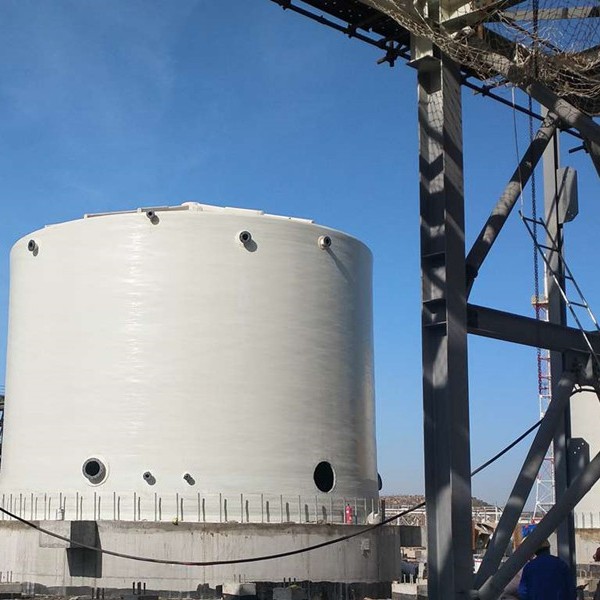
-
 Afrikaans
Afrikaans -
 Albanian
Albanian -
 Amharic
Amharic -
 Arabic
Arabic -
 Armenian
Armenian -
 Azerbaijani
Azerbaijani -
 Basque
Basque -
 Belarusian
Belarusian -
 Bengali
Bengali -
 Bosnian
Bosnian -
 Bulgarian
Bulgarian -
 Catalan
Catalan -
 Cebuano
Cebuano -
 China
China -
 China (Taiwan)
China (Taiwan) -
 Corsican
Corsican -
 Croatian
Croatian -
 Czech
Czech -
 Danish
Danish -
 Dutch
Dutch -
 English
English -
 Esperanto
Esperanto -
 Estonian
Estonian -
 Finnish
Finnish -
 French
French -
 Frisian
Frisian -
 Galician
Galician -
 Georgian
Georgian -
 German
German -
 Greek
Greek -
 Gujarati
Gujarati -
 Haitian Creole
Haitian Creole -
 hausa
hausa -
 hawaiian
hawaiian -
 Hebrew
Hebrew -
 Hindi
Hindi -
 Miao
Miao -
 Hungarian
Hungarian -
 Icelandic
Icelandic -
 igbo
igbo -
 Indonesian
Indonesian -
 irish
irish -
 Italian
Italian -
 Japanese
Japanese -
 Javanese
Javanese -
 Kannada
Kannada -
 kazakh
kazakh -
 Khmer
Khmer -
 Rwandese
Rwandese -
 Korean
Korean -
 Kurdish
Kurdish -
 Kyrgyz
Kyrgyz -
 Lao
Lao -
 Latin
Latin -
 Latvian
Latvian -
 Lithuanian
Lithuanian -
 Luxembourgish
Luxembourgish -
 Macedonian
Macedonian -
 Malgashi
Malgashi -
 Malay
Malay -
 Malayalam
Malayalam -
 Maltese
Maltese -
 Maori
Maori -
 Marathi
Marathi -
 Mongolian
Mongolian -
 Myanmar
Myanmar -
 Nepali
Nepali -
 Norwegian
Norwegian -
 Norwegian
Norwegian -
 Occitan
Occitan -
 Pashto
Pashto -
 Persian
Persian -
 Polish
Polish -
 Portuguese
Portuguese -
 Punjabi
Punjabi -
 Romanian
Romanian -
 Russian
Russian -
 Samoan
Samoan -
 Scottish Gaelic
Scottish Gaelic -
 Serbian
Serbian -
 Sesotho
Sesotho -
 Shona
Shona -
 Sindhi
Sindhi -
 Sinhala
Sinhala -
 Slovak
Slovak -
 Slovenian
Slovenian -
 Somali
Somali -
 Spanish
Spanish -
 Sundanese
Sundanese -
 Swahili
Swahili -
 Swedish
Swedish -
 Tagalog
Tagalog -
 Tajik
Tajik -
 Tamil
Tamil -
 Tatar
Tatar -
 Telugu
Telugu -
 Thai
Thai -
 Turkish
Turkish -
 Turkmen
Turkmen -
 Ukrainian
Ukrainian -
 Urdu
Urdu -
 Uighur
Uighur -
 Uzbek
Uzbek -
 Vietnamese
Vietnamese -
 Welsh
Welsh -
 Bantu
Bantu -
 Yiddish
Yiddish -
 Yoruba
Yoruba -
 Zulu
Zulu
chemical products for frp applications a comprehensive guide
Chemical Products for FRP Applications A Comprehensive Guide
Fiber Reinforced Polymer (FRP) composites have gained tremendous popularity in various industries due to their superior properties, including high strength-to-weight ratio, corrosion resistance, and design flexibility. However, the effectiveness of FRP systems heavily relies on the selection of appropriate chemical products during their manufacturing and application processes. This guide outlines essential chemical products used in FRP applications, providing a foundation for professionals in the field.
1. Resins The Backbone of FRP
Resins are the most critical component of FRP composites, serving as the binding agent for the fibers. There are various types of resins available, but the most commonly used include epoxy, polyester, and vinyl ester resins.
- Epoxy Resins Known for their excellent adhesion, chemical resistance, and thermal stability, epoxy resins are often chosen for high-performance applications, including aerospace and marine industries.
- Polyester Resins Generally more cost-effective, polyester resins are widely used in commercial applications. However, they have lower mechanical properties and chemical resistance compared to epoxy resins.
- Vinyl Ester Resins Combining the advantages of both epoxy and polyester, vinyl ester resins offer improved corrosion resistance and higher strength, making them suitable for challenging environments.
2. Fibers Reinforcement Choices
The type of reinforcement used in FRP composites can significantly affect the material properties. Commonly used fibers include glass, carbon, and aramid fibers.
- Glass Fibers The most widely used reinforcement, glass fibers offer good tensile strength and impact resistance at a relatively low cost. They are ideal for applications in construction, automotive, and marine industries.
- Carbon Fibers Renowned for their exceptional strength-to-weight ratio, carbon fibers are utilized in high-end applications such as aerospace, wind energy, and high-performance sporting goods
. However, they come at a higher price point.- Aramid Fibers Known for their toughness and resistance to abrasion, aramid fibers are commonly used in applications requiring high impact resistance, such as ballistic protection and protective gear.
chemical products for frp applications a comprehensive guide

3. Additives Enhancing Performance
Additives play a vital role in modifying the properties of the base materials, ensuring optimal performance of FRP composites. Common additives include
- Fillers These materials can improve mechanical properties, reduce costs, and enhance thermal stability. Common fillers include talc, calcium carbonate, and silica.
- Accelerators and Catalysts Important for controlling the curing process of resins, these chemicals help speed up the cross-linking reaction, ensuring timely production cycles.
- Pigments and Colorants Used for aesthetic purposes, pigments and colorants allow manufacturers to customize the appearance of FRP products while also providing UV protection.
4. Processing Chemicals Facilitating Production
In addition to resins and fibers, various processing chemicals are employed in the production of FRP composites. These include
- Release Agents Essential for ensuring that finished products can be easily removed from molds, release agents are critical for efficient production processes.
- Solvents and Cleaners Used for cleaning equipment and tools, solvents ensure that surfaces are free from contaminants, promoting better adhesion and overall quality of the FRP products.
Conclusion
The selection of chemical products for FRP applications is paramount in determining the overall performance and durability of the final composite material. By understanding the roles of different resins, fibers, additives, and processing chemicals, professionals can make informed choices that enhance the quality and longevity of FRP structures. As the FRP market continues to grow, staying updated on advancements in chemical products and technologies will be crucial for maximizing the potential of these innovative materials.
Latest news
-
Exploring the Benefits of Top Hammer Drifter Rods for Enhanced Drilling PerformanceNewsJun.10,2025
-
High-Precision Fiberglass Winding Machine for GRP/FRP Pipe Production – Reliable & Efficient SolutionsNewsJun.10,2025
-
FRP Pipes & Fittings for Shipbuilding - Corrosion-Resistant & LightweightNewsJun.09,2025
-
Premium FRP Flooring Solutions Durable & Slip-ResistantNewsJun.09,2025
-
Premium Fiberglass Rectangular Tanks Durable & Lightweight SolutionNewsJun.09,2025
-
Tapered Drill String Design Guide Durable Performance & UsesNewsJun.09,2025









